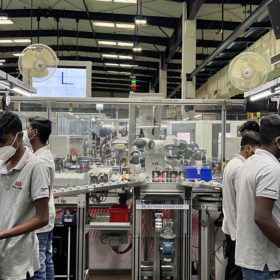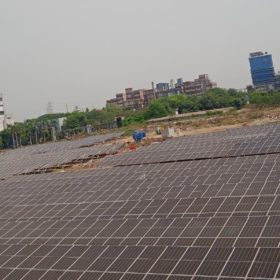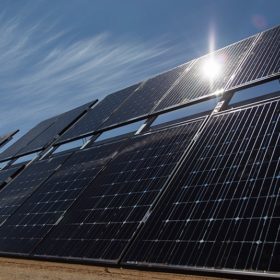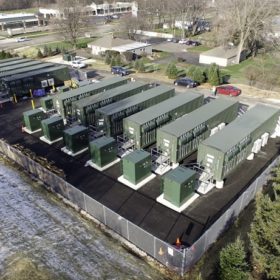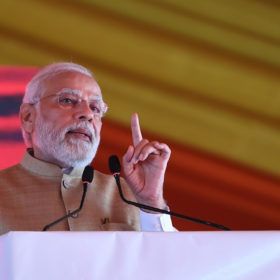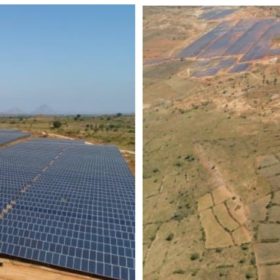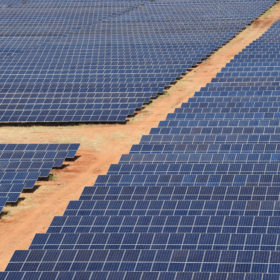Reliance Industries presents scaled-up solar, battery ambitions
Reliance Industries says that production will begin at its 10 GW factory for solar cells and modules by 2024. It plans to double the facility’s capacity to 20 GW by 2026 and is aiming for 50 GWh of annual cell-to-pack battery capacity by 2027.
ABB India upgrades smart power factory to Industry 5.0
ABB has adopted Industry 5.0 production processes at its smart power solutions factory in Bengaluru. With “cobots” working alongside humans, the factory’s productivity has improved by 40%, while energy productivity has gone up by more than 15%.
Gensol secures 55.8 MWp of solar
Gensol, an Ahmedabad-based solar advisory and EPC services provider, secured 55.8 MWp of ground-mount and rooftop solar projects in August.
SJVN launches EPC bids for 115 MW of solar
SJVN, a state-owned hydropower producer, has started accepting bids to set up a 15 MW (AC) floating solar plant in Himachal Pradesh. It is also seeking EPC contractors for a 100 MW (AC) grid-connected, ground-mount PV project in Punjab.
JSW Energy wins SECI tender for 1 GWh of battery energy storage systems
The private-sector power producer will set up standalone, grid-connected battery energy storage projects with an aggregate capacity of 1 GWh on a build-own-operate-transfer basis. The projects will be located in the Indian State of Rajasthan.
Prime minister Narendra Modi to launch construction of Suzuki’s EV battery plant in Gujarat
Japanese carmaker Suzuki Motor is investing INR 7,300 crore (around $914 million) to set up the electric vehicle battery plant at Hansalpur in Gujarat. The plant will manufacture advanced-chemistry cell batteries.
O2 Power acquires 55 MW of operational solar assets from Emmvee
The Indian renewable energy producer has acquired 55 MW of operating solar assets from module manufacturer Emmvee. The capacity includes 40 MW of utility-scale PV plants in Karnataka and 15 MW of commercial scale in Telangana.
Avaada to invest $5 billion in green hydrogen, ammonia plant with 6 GW captive renewables in Rajasthan
Ravi Verma, senior executive vice president at Avaada, told pv magazine that the Group would invest $5 billion into setting up an integrated green hydrogen and ammonia plant with 6 GW of captive renewable energy capacity in the state. The green ammonia facility will have a production capacity of 1 million tons per annum.
India’s power market design must evolve as renewables’ share rises, says IEEFA
A new report by IEEFA says India’s power market design must evolve to transition faster to an ultra-low-cost renewable energy-based electricity system.
NHPC, BEL sign MoU to set up polysilicon-to-solar module gigafab
State-owned NHPC and Bharat Electronics Ltd will leverage their complementary strengths to set up a gigawatt-scale vertically integrated solar manufacturing unit.
